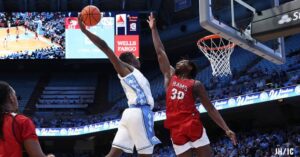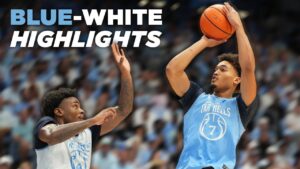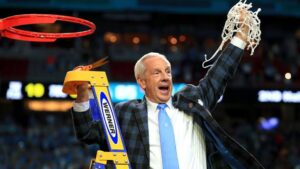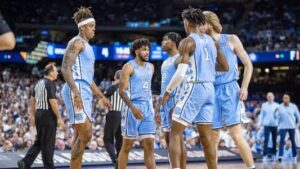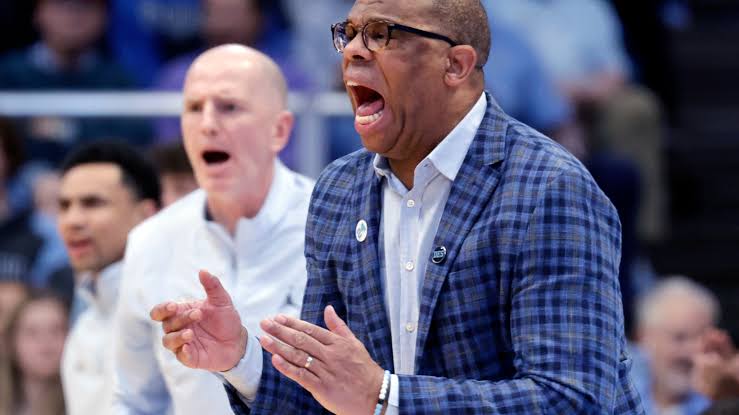
It was only recently that North Carolina basketball made headlines for its jaw-dropping $14 million NIL investment. This was a bold, unapologetic declaration that the Tar Heels were all-in on winning in the new era of college athletics.
Now, the rules have changed.
With the formal approval of the House v. NCAA settlement on Friday night, UNC’s strategy may be headed for a sudden and dramatic shift. The landmark decision not only ends years of litigation over athlete compensation but institutes a new framework that directly impacts how powerhouse programs like North Carolina do business.
At the heart of it: a $20.5 million revenue-sharing cap that schools must now work within to fund all sports. And while outside NIL deals will still be allowed, the days of uncapped internal payouts, like the $14 million reportedly earmarked for Tar Heel hoops are likely numbered.
So what does this mean for Carolina?
First, the math gets tighter. With football still a major university priority under new leadership, including front office veteran Bill Belichick, UNC will need to divvy up its share of the revenue cap carefully. Allocating most of it to men’s basketball risks starving its football program at a time when it’s chasing relevance in a competitive ACC landscape.
Second, scrutiny rises. Under the new model, all NIL deals over $600 must pass through a clearinghouse to ensure they reflect fair market value and serve a legitimate business purpose. That oversight will test the creativity and legality of every booster-backed opportunity.
Still, don’t count UNC out.
The Tar Heels boast a national brand, an NBA pipeline, and a roster of former players turned moguls ready to support current athletes through legitimate NIL opportunities. Those advantages don’t disappear under the House ruling, they just need to be leveraged with precision.
